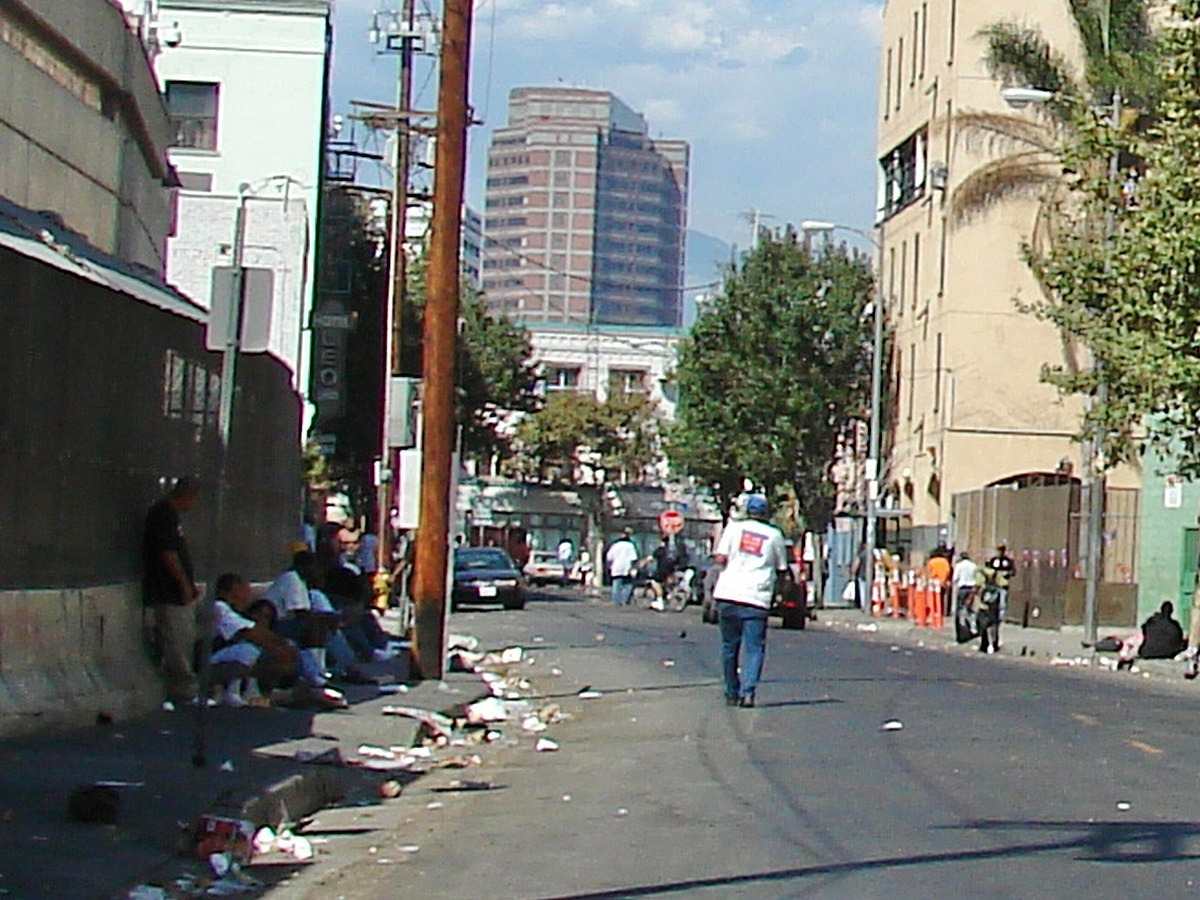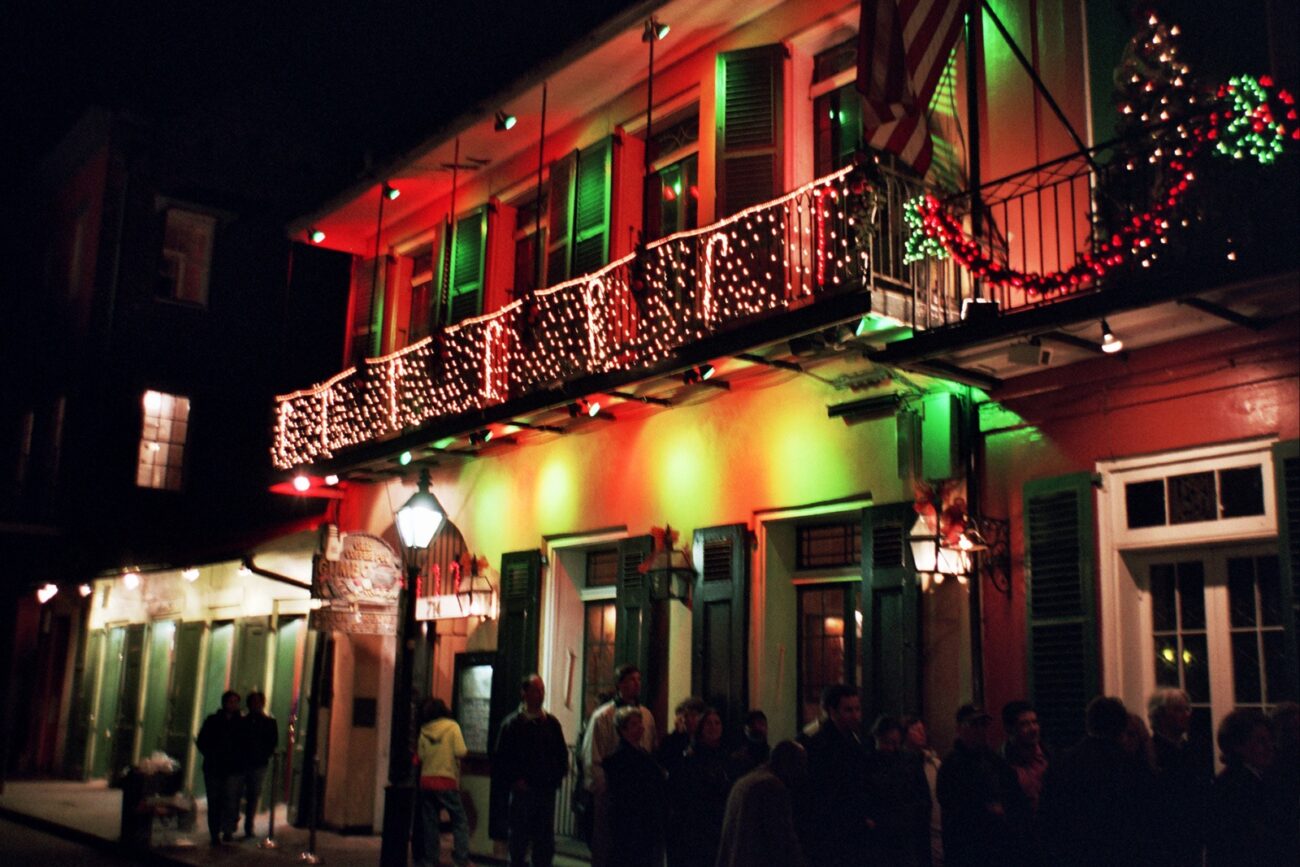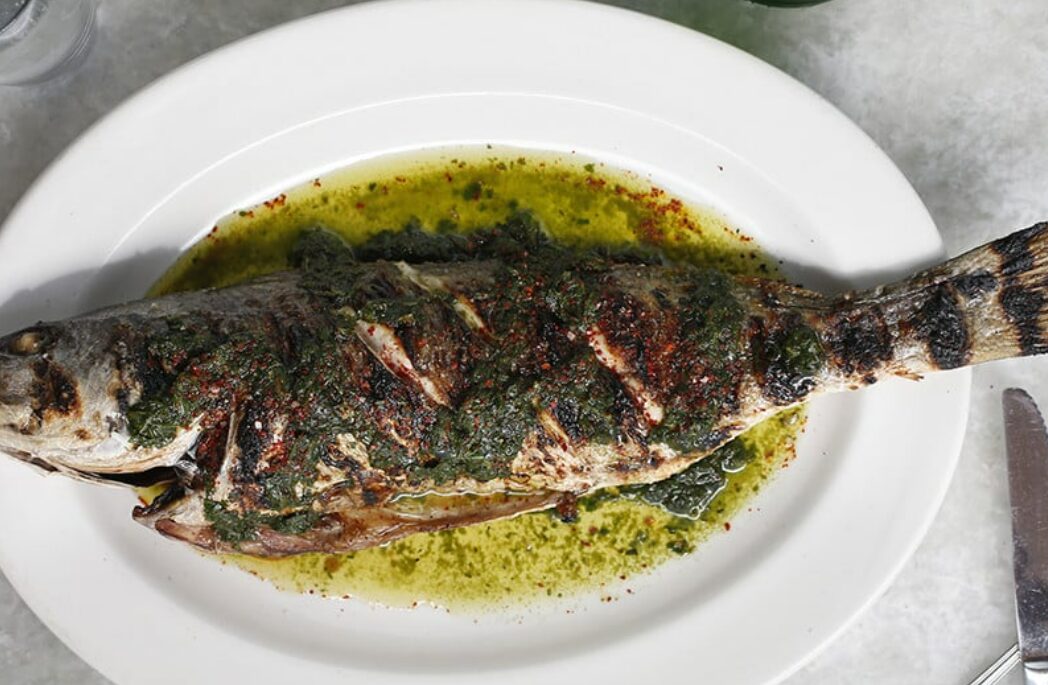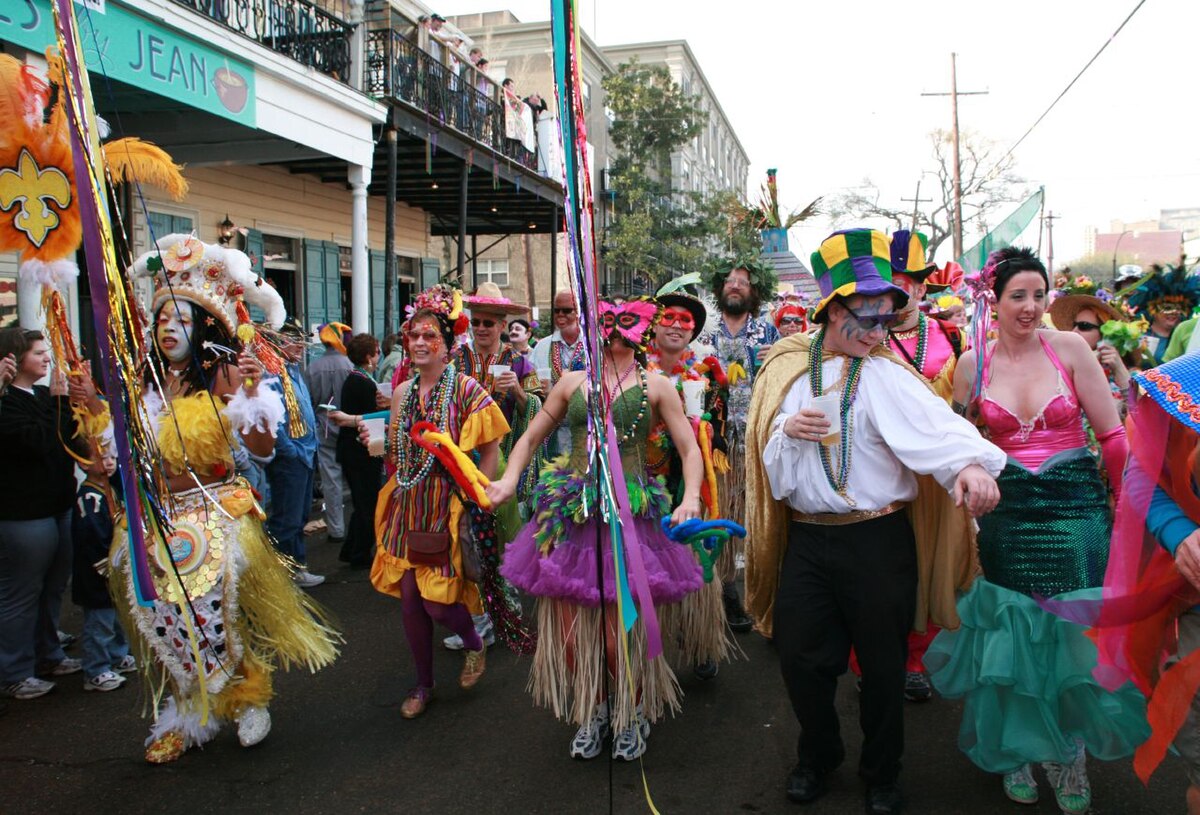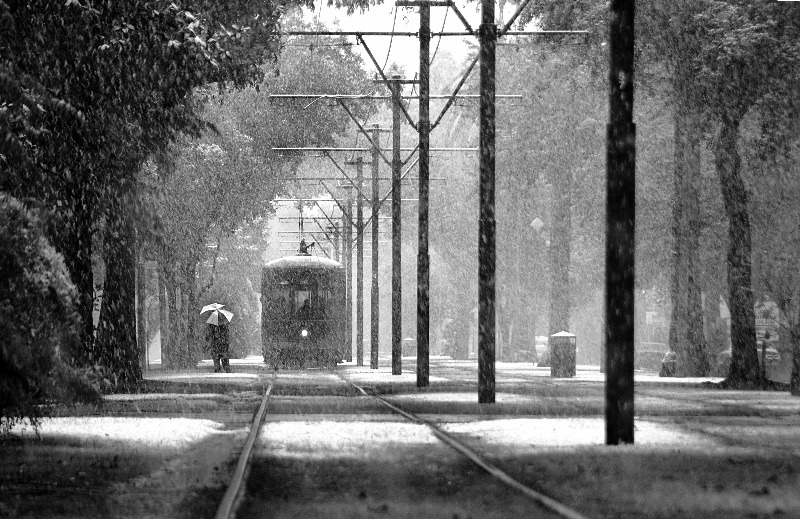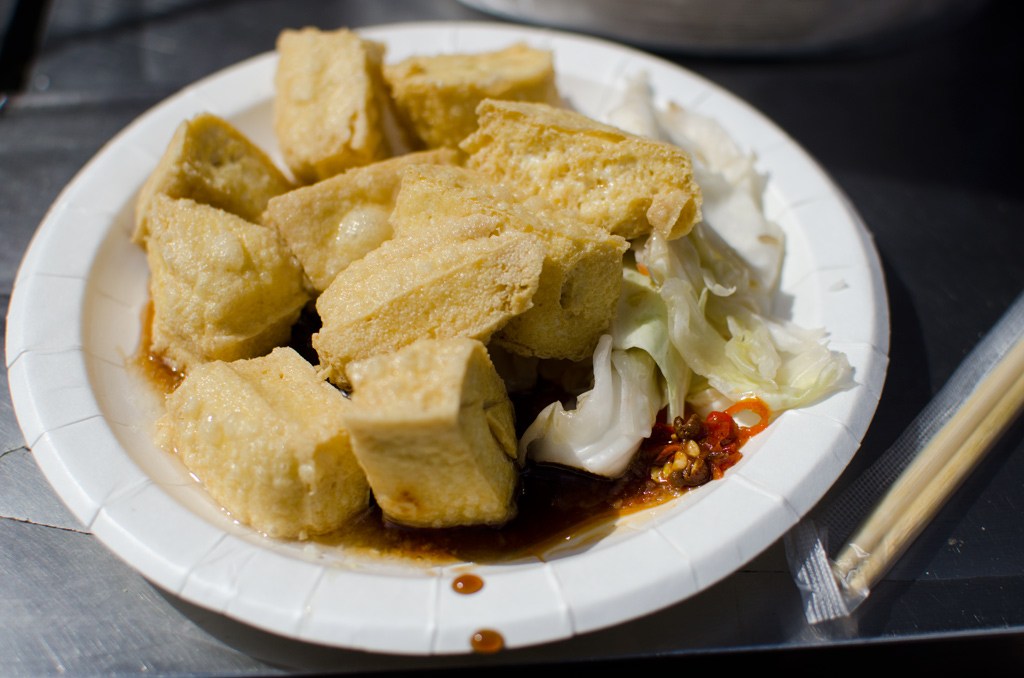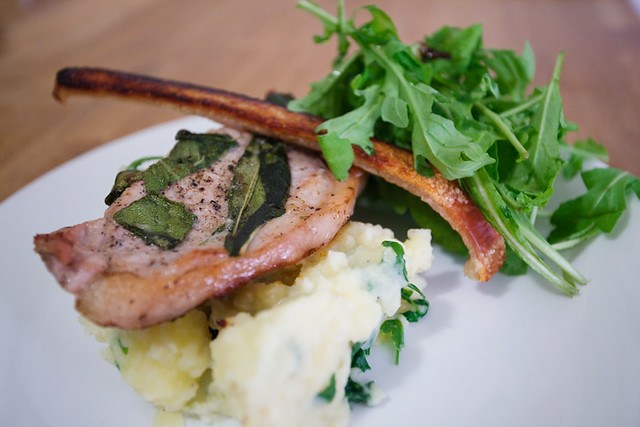Pet hair tumbleweeds aren’t the only thing plaguing American cities in 2025—violent crime rates have reached alarming heights, with Memphis claiming the unwanted crown as America’s most dangerous city. According to multiple crime data sources, Memphis posts over 2,300 violent crimes per 100,000 residents, numbers six times the national average that make legendary barbecue crawls considerably more complicated for food tourists.
The Numbers Game: Where Crime Statistics Paint a Stark Picture
St. Louis follows Memphis with a staggering homicide rate exceeding 69 per 100,000 residents, earning it the grim distinction of America’s unofficial “murder capital.” Detroit and Baltimore complete the dangerous quartet, both reporting violent crime rates that dwarf national averages through persistent shootings, burglaries, and aggravated assaults.
The broader landscape includes:
- Little Rock
- Cleveland
- New Orleans
- Oakland
- Albuquerque
These are cities where authentic culinary experiences come with heightened risk calculations. New Orleans’ world-famous food scene operates against a backdrop of elevated murder and public disorder rates.
Oakland’s innovative restaurant culture navigates significant robbery and burglary challenges, while these cities maintain their positions in annual crime rankings with fluctuating but consistently high rates.
Behind the Badge: What Fuels Urban Crime Epidemics
These rankings aren’t random—they reflect deeper systemic breakdowns. Police departments face critical funding shortfalls and staffing crises, while gang activity flourishes unchecked. Low conviction rates and judicial delays undermine deterrence, creating environments where violence becomes normalized.
The volatility proves striking: Milwaukee saw notable homicide drops in 2024, while Little Rock and Virginia Beach posted alarming percentage increases heading into 2025. According to the Council on Criminal Justice, these fluctuations demonstrate how quickly local conditions can shift.
Despite legitimate safety concerns, these cities maintain vibrant food cultures that refuse to surrender to statistics. Memphis still serves legendary barbecue, Detroit’s pizza scene thrives, and New Orleans’ culinary festivals draw thousands annually. Smart food tourists simply adjust their approach—sticking to established districts, traveling in groups, and timing visits carefully around major events with visible security presence.
The key lies in balancing statistical reality with cultural curiosity, because authentic flavors often exist where risk and reward intersect.


